There could be no more appropriate period than Passover to turn the spotlight on one of the rarest and least known of Hebrew illuminated manuscripts: the Lombard Haggadah. Produced in Milan in the late 14th century, it is the earliest standalone Italian manuscript of this text, which tells the story of the flight of the Israelites from Egypt as chronicled in the Book of Exodus. The text sets the order of the Seder, the ritual meal shared on the first night of Passover, and its reading at the Seder table fulfils the commandment of the Torah to recount and deliberate on this day on the story of deliverance from slavery under Egypt’s pharaoh.
Not seen in public for more than a century – it was last exhibited at the Exposition Universelle in Paris in 1900 – and absent from any of the major studies of illustrated Haggadot, the manuscript is to be unveiled at the New York gallery of dealers Les Enluminures on 12 April and will remain on view until 20 April. As well as a gallery talk (13 April), the show will also be accompanied by a public lecture (10 April) and conference (14 April) at, and co-sponsored by, Fordham University, and an illuminating scholarly monograph (Paul Holberton Publishing). One of only three illustrated manuscript Haggadot remaining in private hands, it is also for sale – for an undisclosed ‘mid to upper seven-figure sum’.
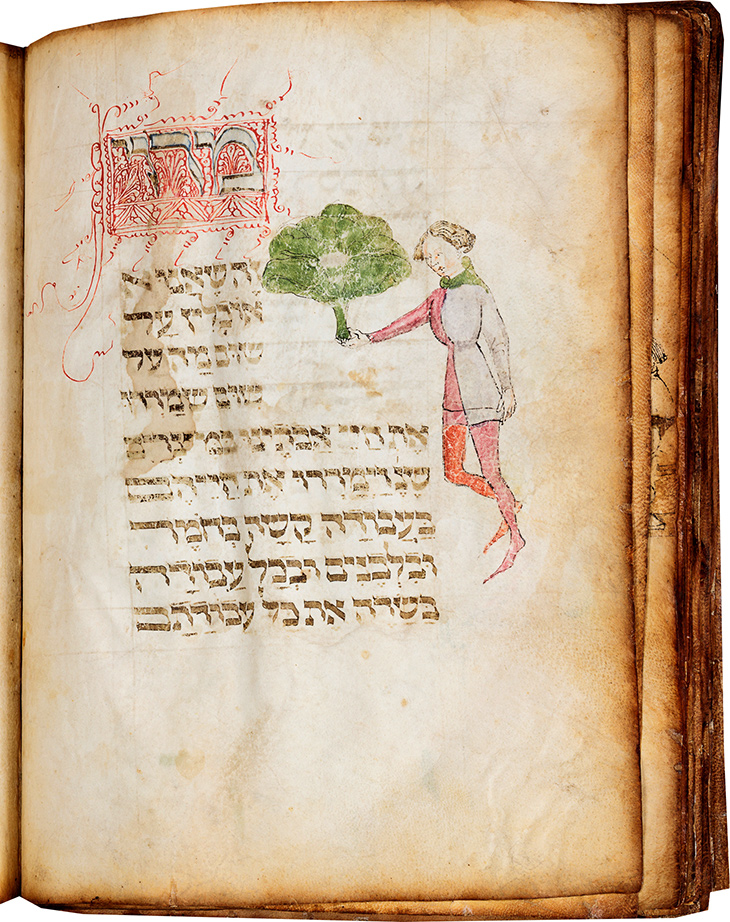
Page showing a man holding a large bunch of maror (bitter herbs), illustrating the text ‘This maror’ in the Lombard Haggadah (c. 1390–1400), circle of Giovannino de Grassi (Master of the Paris Tacuinum?), Milan
There is no doubt of the manuscript’s importance, but it is the illustrations that beguile as much as its historical context. For these Seder illustrations are essentially domestic, familial images: we witness the preparation of the meal, prayers and blessings, the ritual of hand-washing, readings, and scenes of the table of seated figures and the meal itself. Some 75 pale, delicate – and damaged – watercolour washes over pen and ink outlines occupy the margins of almost every page, paintings described by Sharon Liberman Mintz, curator of Jewish art at the Library of the Jewish Theological Seminary in New York, as ‘fresh, charming and sometimes unique’. Particularly striking is one elegant servant in fashionable bi-coloured garments – one pointed leg clothed in pink hose, the other in red – bearing an enormous bunch of maror, the bitter herbs that are an essential part of the sacred meal, intended to symbolise the bitterness of enslavement.
It seems probable that the manuscript was made for a wealthy Jewish individual during the last decade of the 14th century, a period that saw a wave of immigration of northern European Jews to Lombardy (but not to the city of Milan itself) as a result of the welcome extended by Duke Gian Galeazzo Visconti. Its figures and imagery are entirely characteristic of the international gothic style, and what is fascinating is that it is essentially no different to Christian Latin manuscripts of the same period in terms of execution, presentation or detail, even if the script and specific narratives differ. In the same way that scenes from the life of Christ represented the costumes and interiors of the day and the landscapes of the region, so here we see biblical events performed in current courtly dress – stories from Genesis and Exodus familiar to Jew and Christian alike. The manuscript also peculiarly, if not uniquely, depicts the Labours of the Month. The scenes of agricultural work represented in this visual calendar are a curious inclusion given that urban Jews were forbidden to own land and presumably did not slaughter pigs in December.
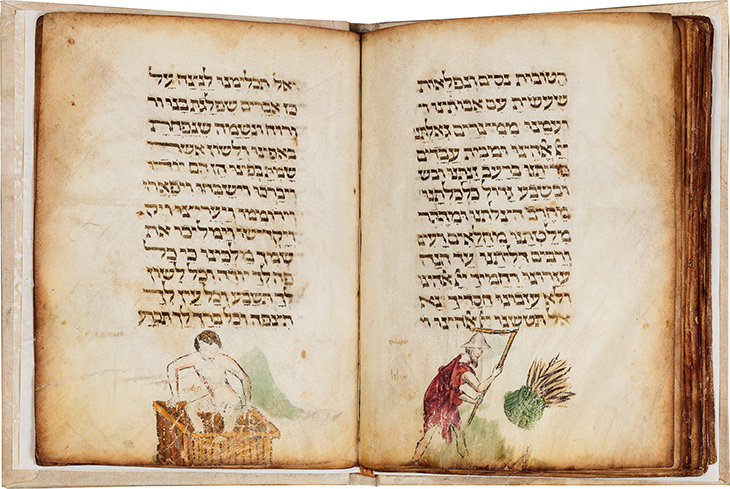
Pages showing a naked man treading grapes in September (Tishrei) and a man threshing wheat in August (Elul), from the Labours of the Months section in the Lombard Haggadah (c. 1390–1400), circle of Giovannino de Grassi (Master of the Paris Tacuinum?), Milan
Perhaps this was due to a confusion over the commission, for the unknown patron of this Haggadah seems to have turned to a major Milanese workshop to execute his manuscript, a workshop used to providing such illustrations for the calendars of late medieval Books of Hours. The scholar Milvia Bollati argues here for the workshop of the master builder, sculptor and illuminator Giovannino de Grassi (c. 1350–98), or an artist in his circle, possibly the Master of the Paris Tacuinum. What is incontrovertible is the rarity of this 700-year-old survival, even in its less than perfect state of preservation. It is believed that in around 1400 the Jewish community in Europe represented roughly five per cent of the population – and this peripatetic community did not have the benefit of enduring institutional libraries. It could even be argued that evidence of this precious manuscript’s use over centuries is what gives it particular resonance.
‘The Lombard Haggadah’ is at Les Enluminures, New York, from 12–20 April.
Unlimited access from just $16 every 3 months
Subscribe to get unlimited and exclusive access to the top art stories, interviews and exhibition reviews.

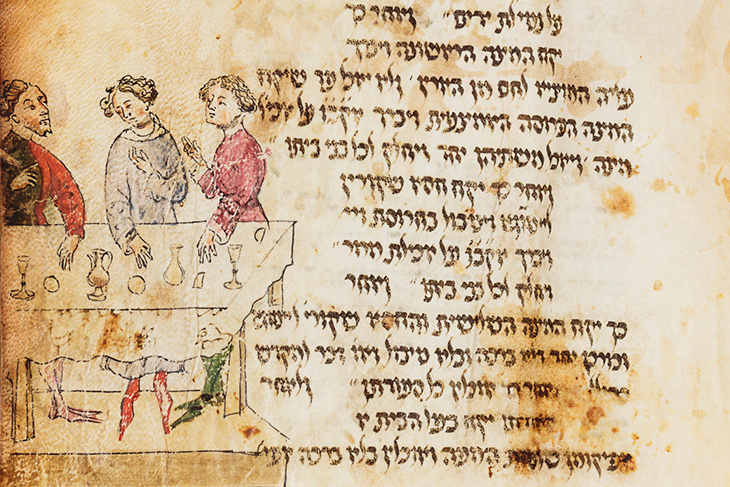
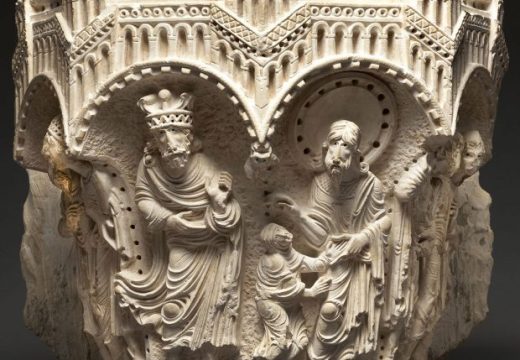
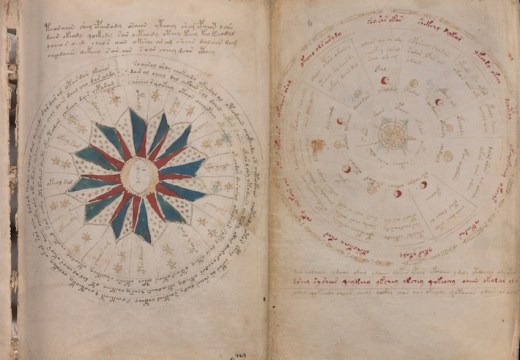
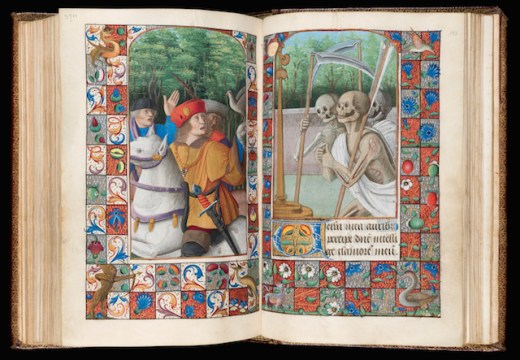









![Masterpiece [Re]discovery 2022. Photo: Ben Fisher Photography, courtesy of Masterpiece London](http://www.apollo-magazine.com/wp-content/uploads/2022/07/MPL2022_4263.jpg)
Has the Fitzwilliam lost the hang of things?